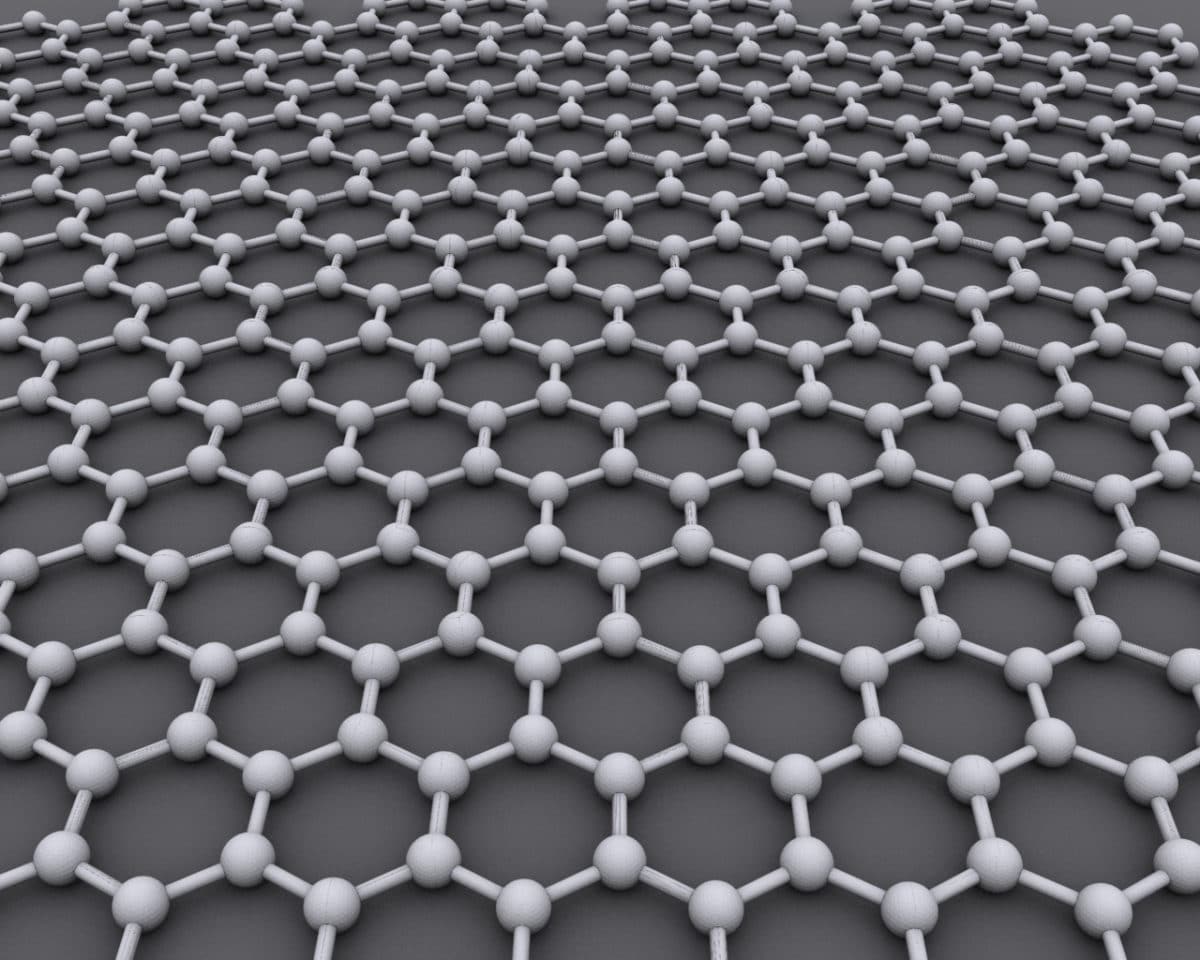California sets example for community solar: The national homebuilding world is paying close attention to what’s going on in California. Since Jan. 1, all new homes there must be solarized. If you’re imagining massive subdivisions with a sea of black rectangles on every roof all facing the sun, think again. If the model promoted by the Sacramento Municipal Utility District and its 1.5 million customers should prevail, those solar panels could be off roofs and off-site in remote areas. It’s called “community solar” and it’s become even more contentious in California than it has been in New Mexico. Sacramento’s utility saw a loophole — an option for builders and developers to participate in off-site solar fields delivering electricity over the utility’s transmission lines. That’s what’s upsetting the solar purists. Source: Sante Fe New Mexican
Arkansas utilities call foul on ruling on solar rate: Solar supporters are rejoicing over a regulatory ruling that allows them to continue receiving 1:1 compensation for rooftop power systems, while the state’s electric providers are steaming over the decision. Arkansas Electric Cooperatives Corp. is considering challenging the ruling from the Arkansas Public Service Commission that has been four years in the making. “We’re very disappointed in the order,” said Sandra Byrd, VP of public affairs for the cooperative. Solar advocates are on the opposite end – proclaiming victory for a ruling they say supports alternative energy and creates jobs in Arkansas. There are 2,320 net-metering customers in Arkansas. Source: Arkansas Online
Transparent graphene electrodes might lead to new generation of solar cells: A new way of making large sheets of high-quality, atomically thin graphene could lead to lightweight, flexible solar cells. The new manufacturing process involves an intermediate buffer layer that allows the ultrathin graphene sheet to be easily lifted off from its substrate, allowing for rapid roll-to-roll manufacturing. Many research groups have worked on finding a replacement for ITO, focusing on both organic and inorganic candidate materials. The key is the buffer layer, made of a polymer material called parylene, that conforms at the atomic level to the graphene sheets on which it is deployed. Source: MIT
Atom Power, a startup developing a solid-state circuit breaker for commercial and industrial buildings, raised $17.8 million in a series B round of funding, bringing its total raised to ~$35 million from investors including Valor Equity Partners, Rockwell Automation. ABB Technology Ventures and Atreides Management. The device allows users to switch energy sources (e.g. grid to solar power), manage consumption and EV charging, and eliminate the risks of mechanical circuitry. Source: Venture Beat, Atom Power

This content is protected by copyright and may not be reused. If you want to cooperate with us and would like to reuse some of our content, please contact: editors@pv-magazine.com.








“Sacramento’s utility saw a loophole — an option for builders and developers to participate in off-site solar fields delivering electricity over the utility’s transmission lines. That’s what’s upsetting the solar purists. Source: Sante Fe New Mexican”
There in lies the problem, when one makes this an off site solar PV facility that feeds the grid, one has to deal with transformer step up and step down power losses. So, you have to build with efficiency loss in mind and increase your remote solar PV facility output by 10% to 20% to get the same effect of solar PV on every roof and smart ESS in every garage of a housing tract.
““We’re very disappointed in the order,” said Sandra Byrd, VP of public affairs for the cooperative. Solar advocates are on the opposite end – proclaiming victory for a ruling they say supports alternative energy and creates jobs in Arkansas. There are 2,320 net-metering customers in Arkansas. Source: Arkansas Online””
Another lawyer making the decisions and bending legislative policy to the utility’s will.
“The key is the buffer layer, made of a polymer material called parylene, that conforms at the atomic level to the graphene sheets on which it is deployed. Source: MIT”
This (parylene) does it age with UV light and turn dark after a few years of use?
I want you to know that we’re out here reading your informative articles. In my case especially the articles about California. Thank you.